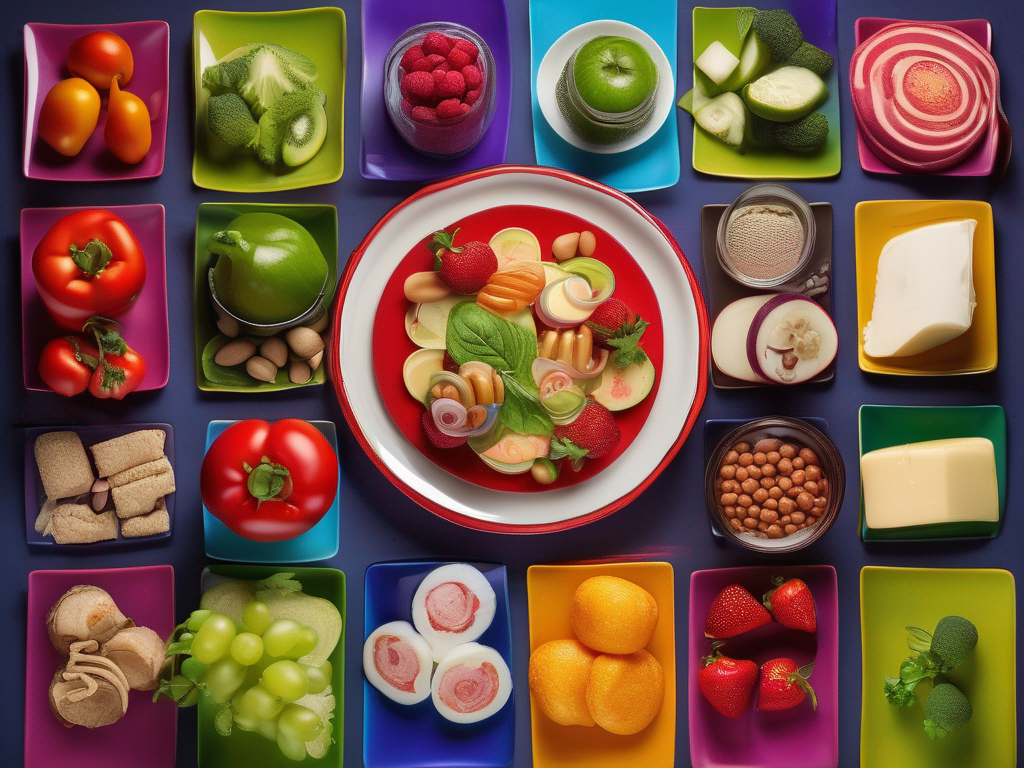
Preventing Mold on Cocoa Beans: Tips and Tricks
Get Your Free Food Safety Cheat Sheet
30 most common foods with instant answers. Print it and stick it on your fridge—completely free!
Preventing Mold on Cocoa Beans: Tips and Tricks
Cocoa beans are a crucial ingredient in the production of chocolate and other cocoa-based products. However, they are susceptible to mold growth if not stored properly. Mold not only affects the quality and taste of cocoa beans but can also pose health risks if consumed. In this blog post, we will discuss effective ways to prevent mold growth on cocoa beans, ensuring their quality and safety.
Understanding the Causes of Mold on Cocoa Beans
Before delving into prevention methods, it is essential to understand the factors that contribute to mold growth on cocoa beans. Mold thrives in warm, humid environments and can develop on cocoa beans due to:
Moisture Content
- Cocoa beans with high moisture content are more prone to mold growth.
- Improper drying techniques can leave residual moisture on the beans, creating an ideal breeding ground for mold.
Poor Ventilation
- Inadequate airflow in storage areas can lead to moisture buildup, promoting mold development.
Contaminated Environment
- Storage facilities contaminated with mold spores can quickly infect cocoa beans.
Tips for Preventing Mold on Cocoa Beans
Now that we have identified the causes of mold on cocoa beans, let's explore effective strategies to prevent mold growth:
Proper Harvesting and Drying Techniques
- Harvest cocoa beans at the right maturity to avoid excess moisture.
- Dry the beans thoroughly after harvesting to reduce their moisture content.
Optimal Storage Conditions
- Store cocoa beans in a cool, dry place with good ventilation.
- Maintain humidity levels below 70% to prevent mold growth.
- Use airtight containers to protect the beans from moisture and contaminants.
Regular Inspection and Cleaning
- Inspect stored cocoa beans regularly for signs of mold growth.
- Clean storage containers and facilities to prevent the spread of mold spores.
Use of Desiccants
- Place desiccants like silica gel packets in storage containers to absorb excess moisture.
- Replace desiccants periodically to ensure effectiveness.
Temperature Control
- Keep cocoa beans away from direct sunlight and heat sources to prevent mold formation.
- Maintain a consistent temperature range of 60-70°F for optimal storage conditions.
Safety Measures for Handling Moldy Cocoa Beans
Despite preventive measures, there may be instances where cocoa beans develop mold. In such cases, it is crucial to handle them safely to avoid contamination:
Disposal of Moldy Beans
- Immediately remove moldy cocoa beans from the storage area.
- Seal the contaminated beans in a plastic bag before disposal to prevent the spread of mold spores.
Cleaning and Sanitization
- Thoroughly clean and disinfect storage containers and surrounding areas where moldy beans were stored.
- Use a bleach solution (1 part bleach to 9 parts water) to sanitize surfaces.
Conclusion
Preventing mold on cocoa beans requires a combination of proper harvesting, drying, storage, and handling techniques. By following the tips outlined in this blog post, you can safeguard your cocoa beans from mold contamination, ensuring their quality and safety for consumption. Remember to prioritize cleanliness, ventilation, and moisture control to preserve the integrity of your cocoa beans and enjoy delicious chocolate products free from mold.
Authoritative Food Safety References
These agencies and university labs inform every tip and health precaution we publish.
USDA FoodKeeper – Cold Storage Guidelines
Official refrigerator, freezer, and pantry timelines maintained by the U.S. Department of Agriculture.
Visit USDA FoodKeeperFDA Produce Safety Rule & Grower Guidance
Field-to-fridge handling practices that prevent contamination of fruits, vegetables, and leafy greens.
Visit FDA Produce SafetyCDC Foodborne Illness Prevention Hub
Surveillance-backed guidance on pathogens, symptoms, and steps to reduce foodborne illness risk.
Visit CDC Food SafetyUC Davis Postharvest Technology Center
University research detailing optimal storage atmospheres for produce after harvest.
Visit UC Davis PostharvestPenn State Extension – Home Food Preservation & Safety
Peer-reviewed extension bulletins on safe canning, chilling, and reheating practices.
Visit Penn State ExtensionGet Your Free Food Safety Cheat Sheet
30 most common foods with instant answers. Print it and stick it on your fridge—completely free! Want more? Upgrade to the complete guide with 70+ foods.
Scan your food directly and get instant safety info using our AI-powered camera feature.